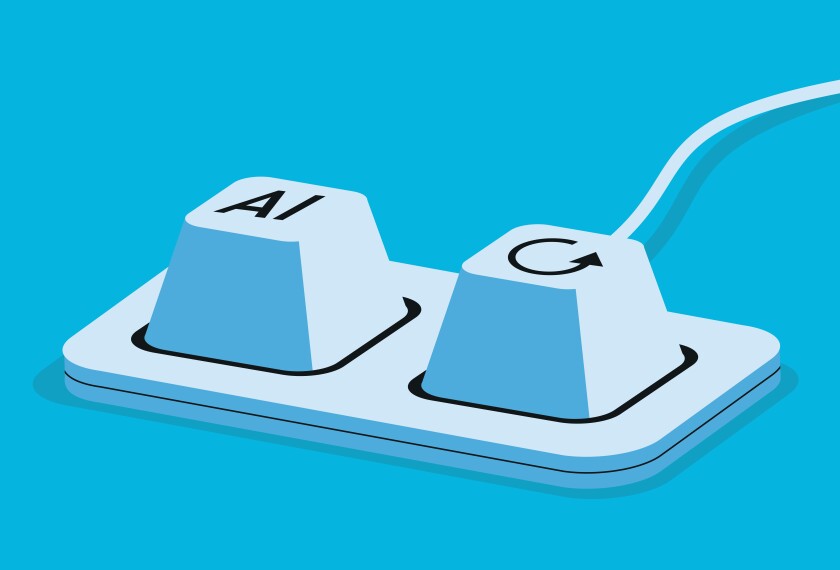Last year, when a new version of ChatGPT was released that could spit out an essay on the causes of World War I or how symbolism is used in Shakespeare’s Macbeth with eye-popping efficiency, veteran teachers assumed they could rely on their knowledge of students’ writing styles to tell when an assignment had been completed with the help of AI.
But recent upgrades to the technology—even just over the past year—show that may be much harder than expected.
It’s possible to train ChatGPT 3.5, the free version released last spring, on a particular writing style, said Stacy Hawthorne, the chief academic officer at Learn21, a non-profit that works with schools to improve their use of education technology.
As an experiment, Hawthorne gave the tool three essays written by real 4th graders that had been posted to the website of Utah’s state education office. Then she gave ChatGPT an assignment—Write an opinion essay answering this question: Do you think we should save old things like paintings, or throw them away?
The first version that the tool came up with hit the students’ voices correctly but had too few spelling and grammatical errors to be as convincing as a 4th grader’s work. So Hawthorne asked it to add some in.
You can see the results of her interaction below.
The bottom line: AI might not be quite there yet, but it’s clearly on its way to being able to impersonate a 4th grader.
It’s easy to imagine a high school student putting their old essays into ChatGPT and achieving a similar—or even stronger—result on a new assignment, Hawthorne said.
If ChatGPT is capable of imitating students’ writing styles, how can teachers sniff out cheaters? English teachers have suggested using tools that track students’ keystrokes or asking them to show more steps in their writing process.
Experts say AI’s prowess at imitating student writing seems likely to become even more pronounced. That argues for thinking through how to teach writing in a way that acknowledges these tools exist, Hawthorne said.
“What teachers need to do is give students the opportunity to use it when it’s appropriate,” she said.







